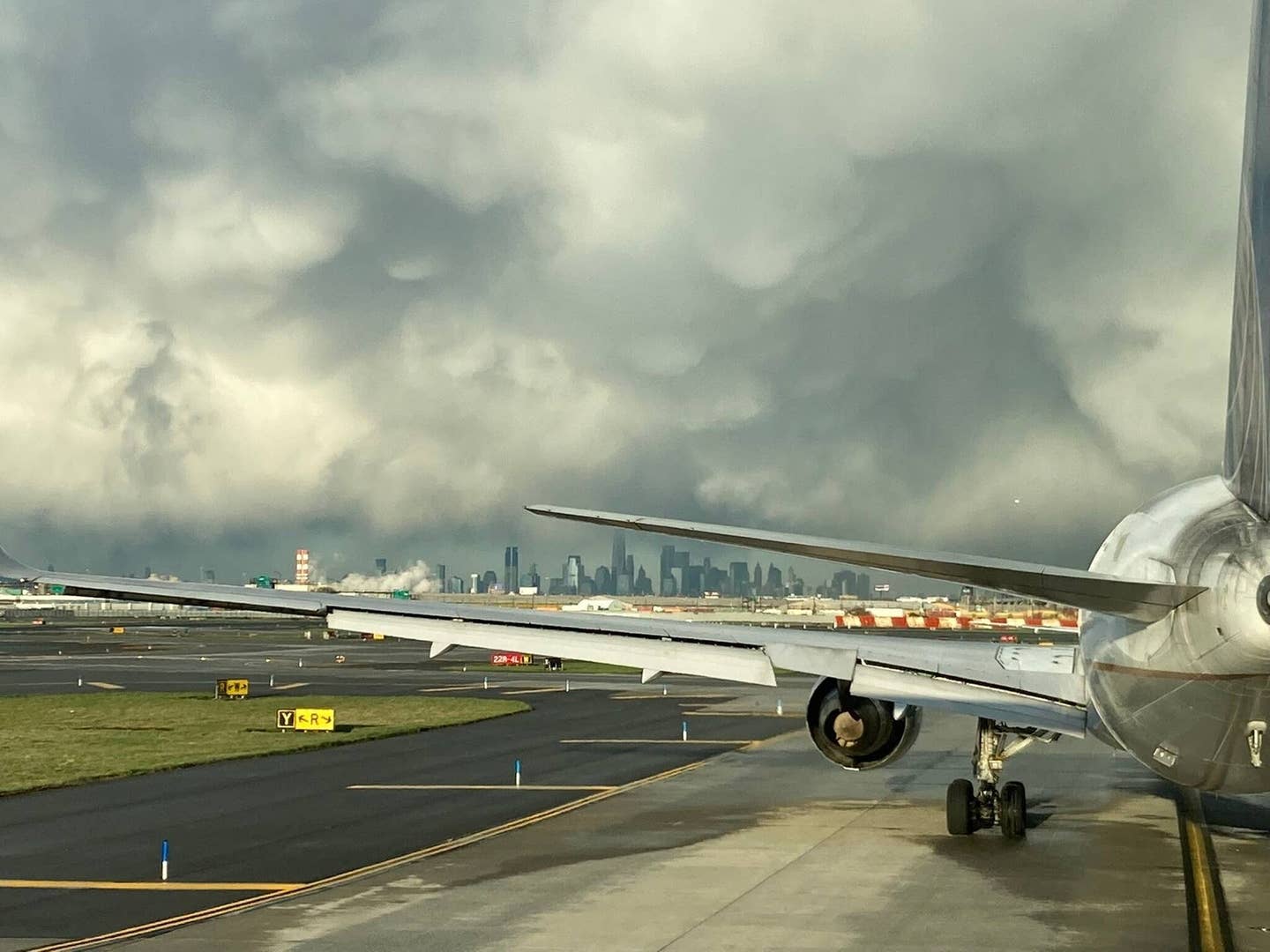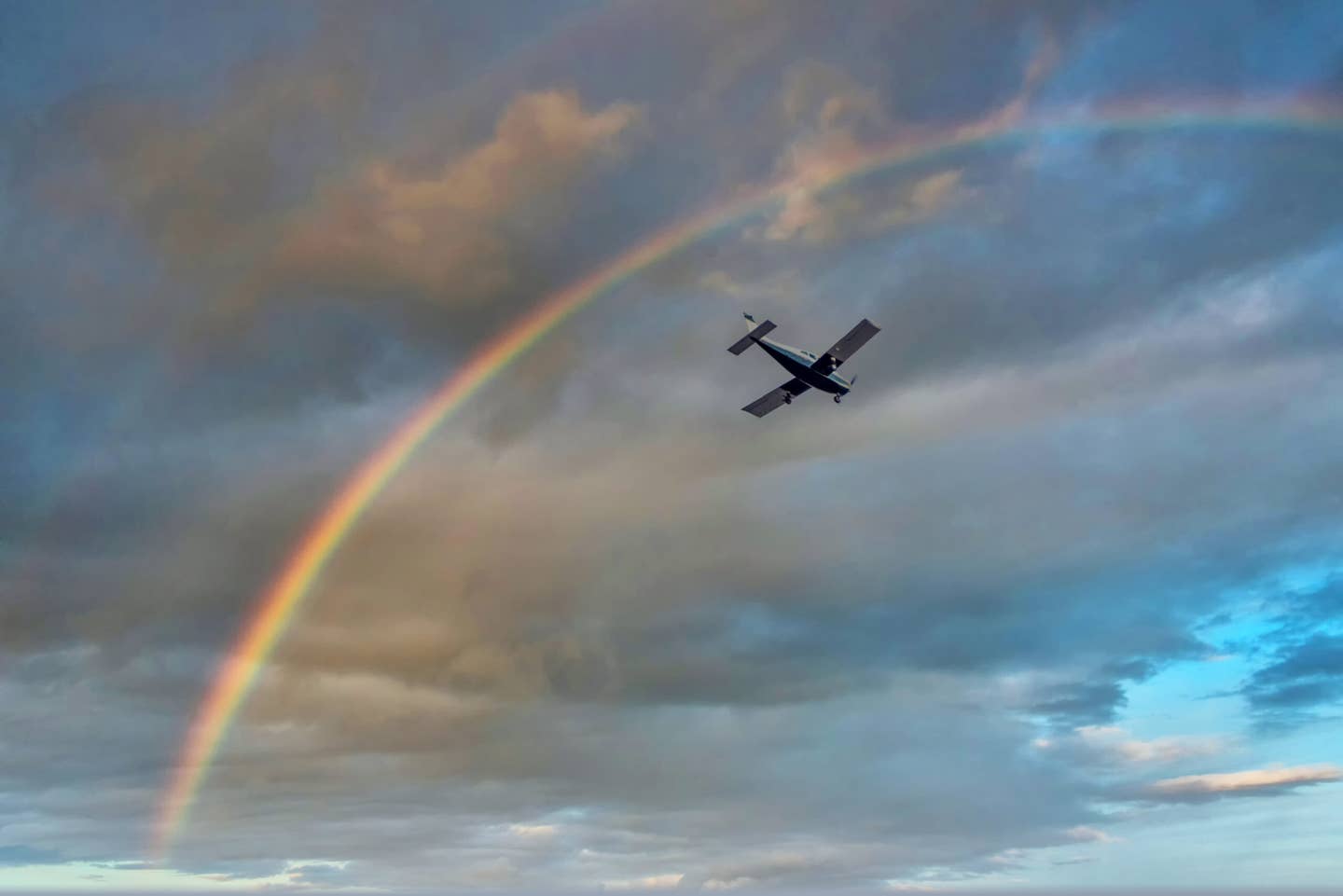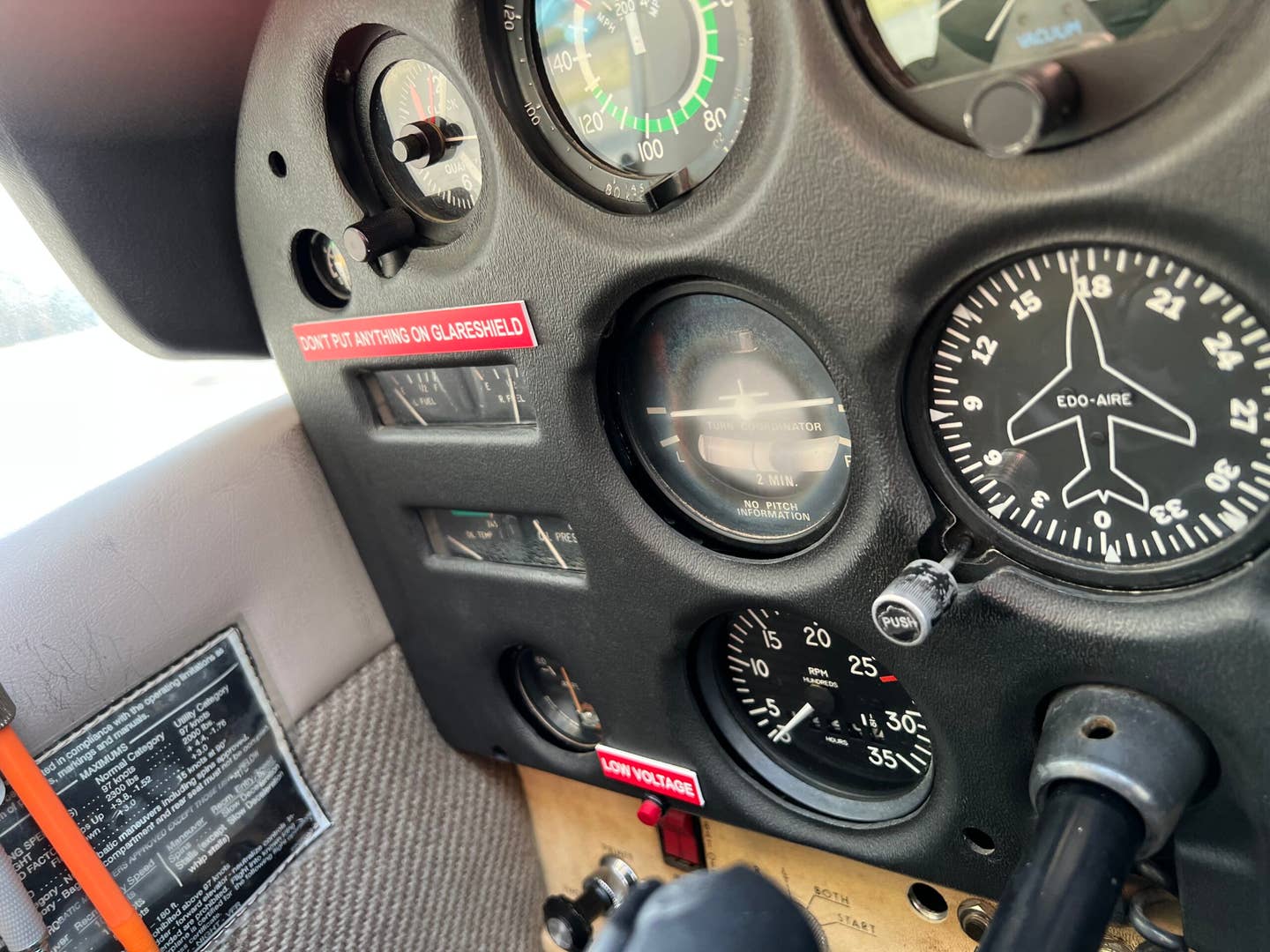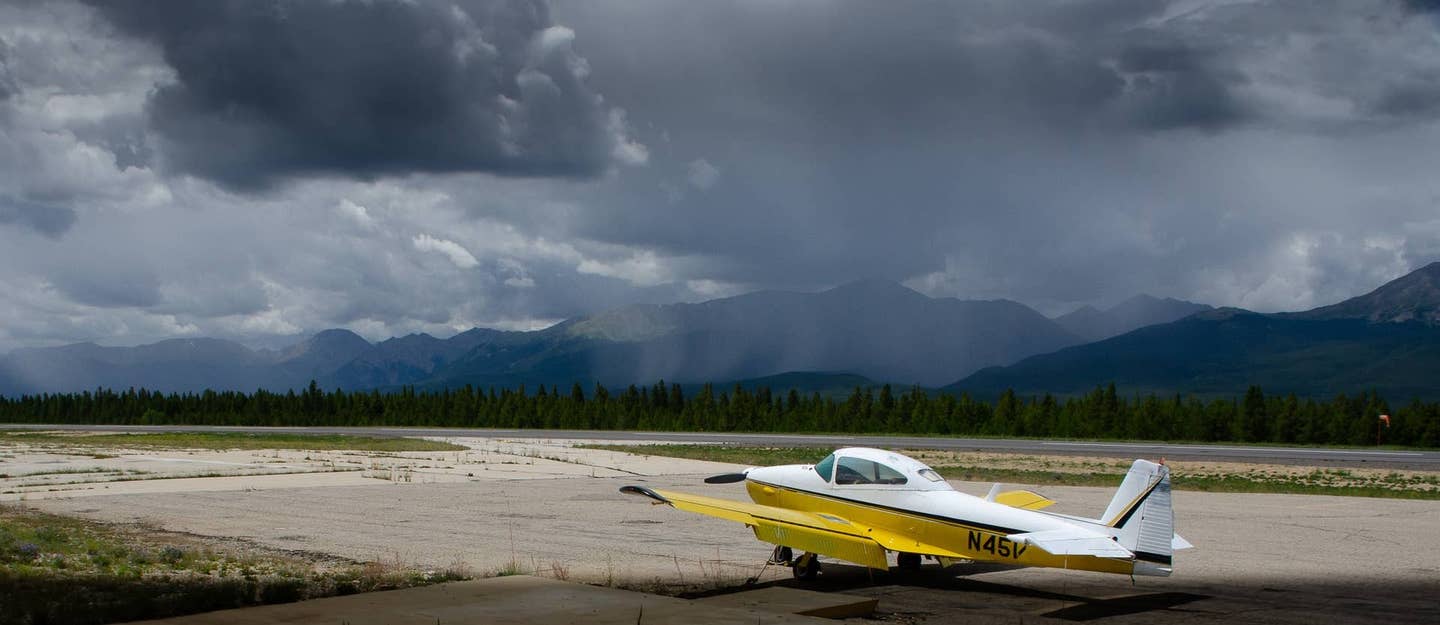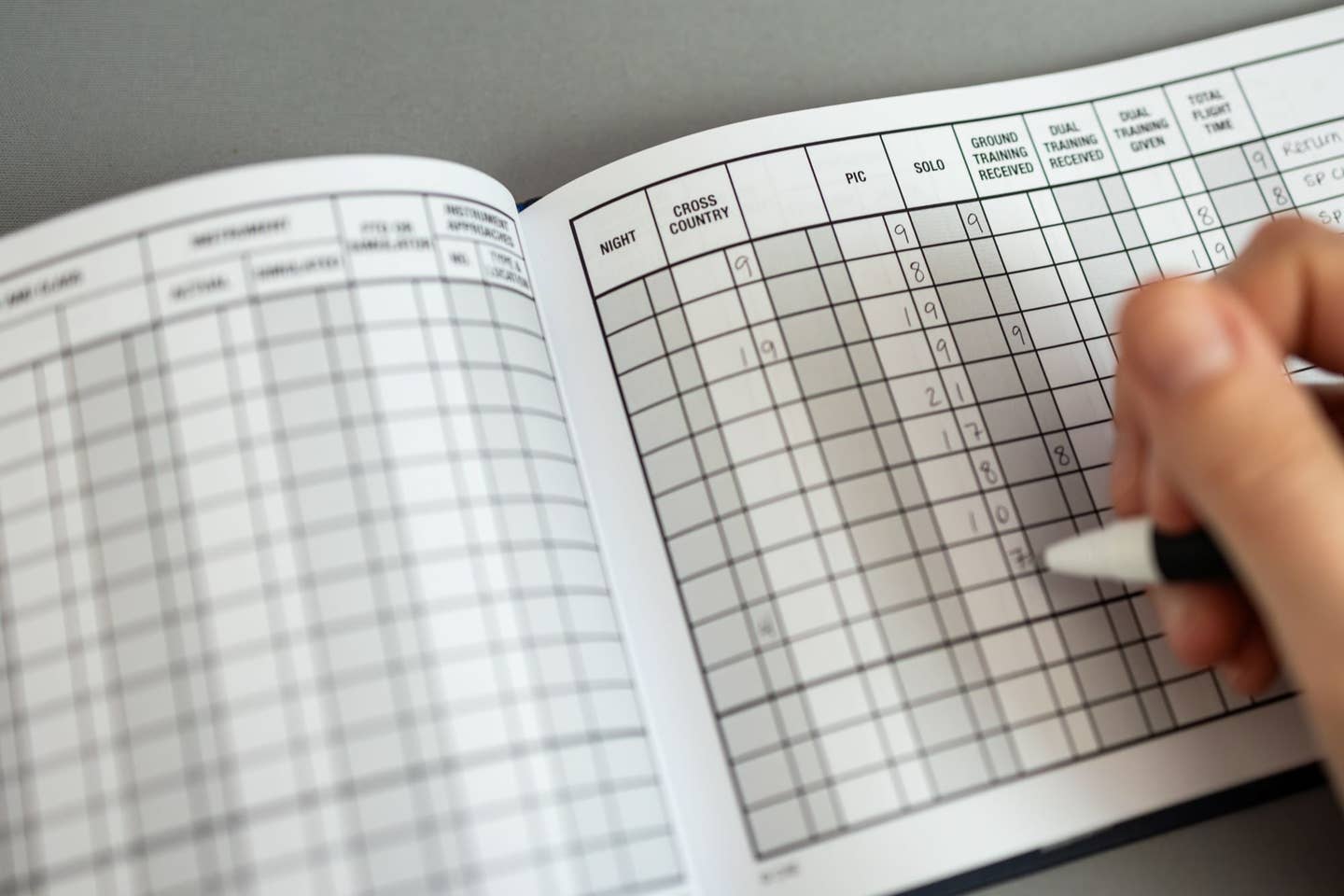
AOPA’s online flight risk evaluator
You've given us a litany of accidents in which the pilots did something stupid," pointed out one of the pilots of the Glens Falls Pilots and Owners Association to which I had just presented a program I call "Good Accidents."
"Why do pilots do something stupid?" he asked.
"Not stupid," someone else suggested, "but certainly foolish."
Good question. Why do pilots do something foolish or even stupid?
Although "good accidents" sounds like an oxymoron, what I call a "good" accident is one in which it's obvious what went wrong and that was caused by the action — or inaction — of the pilot or crew.
As an example: A Cessna 310 was on an IFR flight. The reported weather included a ceiling of 500 feet and visibility of less than a mile. When the airplane was 13 miles south of the airport, the pilot asked the controller to advise him when the airplane was over the final approach fix. The controller explained that because of the lack of radar coverage he wouldn't be able to tell him.
What should the pilot have done? What he did was to cancel IFR and crash five miles short of the runway. Why was he unable to determine for himself when he was at the final approach fix? If he had a navigation problem, why didn't he ask for help to fly to an alternate? We'll never know, but obviously, canceling his IFR was foolish and ended up being stupid.
How about the pilot of a Cessna 340 returning a passenger to a pilot-controlled airport to which there were no approaches at 4 o'clock in the morning. The airport was engulfed in fog, but the pilot tried to land twice on Runway 28 and then crashed 250 feet short of the runway when he made a third attempt to land on Runway 10. Investigators found the pilot had charts for instrument approaches to two airports within 20 miles of the accident airport. After the first attempt, why didn't he divert to one of the other airports? The explanation may have had to do with the fact that his passenger's car was parked at the pilot-controlled airport.
A recent study found that the most dangerous phase of flight is not inadvertent VFR into IFR conditions, but maneuvering flight. During the last 10 years, almost one-third of fatal accidents occurred during maneuvering flight, which is defined as flying close to the ground, involving steep turns or performing — or attempting to perform — aerobatics. By that definition, maneuvering flight includes buzzing, stalls/spins, formation flying, aerobatics, canyon flying and aerial work.
The "stupids" are not limited to new pilots. At 11 at night an ATP pilot with 4,000 hours flying in a Cessna 182 was talking on his cell phone with his airplane partner, who was driving a semitrailer on the highway below. He maneuvered the airplane so his partner could see him. His partner watched as the airplane hit a wire, sheared off a wing and crashed into another truck on the highway.
Another ATP, this one with 10,000 hours, had a passenger in his Diamond DA-40. Again it was at night, and this pilot also was on his cell phone talking to someone on the surface. This time his buddy was on a boat on a lake. The pilot asked his friend on the boat to shine a flashlight in the air so he could locate the boat. The friend saw the airplane make a "very sharp" bank and then break up when the right wingtip hit the water.
Unfortunately, there are lots of examples of pilots taking unnecessary risks and "buying the farm" — or the lake. The pilot of a Baron 58 was impressed at Sun 'n Fun by an aerobatic demonstration by a pilot in a Beech 18.
"I think I can roll this airplane," he was quoted as telling a friend.
A passenger on the return flight from Sun 'n Fun reported that he had discouraged the pilot from attempting to roll the Baron. Unfortunately, a week or two later, during a flight home from a weekend fishing trip with two other adults and two teenage boys on board, the airplane came out of the sky in pieces. Though we'll never know for sure, the impression was that the accident resulted from an unsuccessful attempt to roll the Baron.
So why do pilots do stupid things? Certainly, they don't set out on a flight intending to crash. Somewhere in their planning and execution of the flight, they ignore — or aren't aware of — the risks they're assuming.
Efforts to help pilots assess the risks include PAVE (the way), (process with) CARE and (work as a) TEAM. These checklists help pilots consider the various elements that can have an effect on the level of risk involved in any particular flight and ways to manage those risks. PAVE advises considering the Pilot (experience, recency, currency and physical and emotional condition), the Airplane (fuel reserve, type, aircraft performance and equipment), the enVironment (airport conditions, weather, runways, lighting and terrain) and External pressures (allowance for delays and diversions, get-home-itis, and so forth) to determine the relative risk of the flight.
CARE is designed to help pilots continue to assess and process the risks involved as the flight continues. CARE stands for the Consequences (the possible outcomes posed by each hazard identified in PAVE), the Alternatives (consider alternative courses of action as conditions change), the Reality (be realistic and avoid wishful thinking) and the ubiquitous External pressures (again tendencies toward "get-home-itis").
Finally the TEAM checklist can be used to manage the acknowledged risks. TEAM stands for Transfer (can the risk decision be transferred to someone else, such as a mechanic?), Eliminate (is there a way to eliminate the hazard, such as waiting for better weather?), Accept (is the level of risk acceptable?) and Mitigate (what can be done to mitigate the risk, such as adding a fuel stop?).
During a trip to Alaska, where aviation is often the only way to travel and pressures to make flights are likely greater than in the lower 48, some operators use a numerical score to determine the relative risk of a flight and, depending on the risk "score," the go, no-go decision might have to be made by people at a "higher pay grade" than the pilot. Points are assessed for runway conditions (length, width, surface condition), the pilot's experience (hours flown recently, approaches performed, etc.) and weather conditions. As an example, a flight to an airport with a runway that's 2,000 feet long might score a 3, while one to a runway 1,000 feet long would rate a 4. A flight at night might add 3 points while a day flight would add only a 1. If the ceiling at the destination is forecast to be better than 3,000 and a mile, it would get a 2, but if the weather included a ceiling of 1,000 feet and visibility of half a mile, it would get a 4. Once the scores for all the conditions are added up, the value is compared to a risk assessment scale and the relative risk of the particular flight is determined. It doesn't mean the flight won't be undertaken, just that the pilot is made aware of what the risks are.
Recently the AOPA Air Safety Foundation created an online flight risk evaluator. You don't have to be a member of AOPA to use the program, but you are asked to create a free account when you first visit the site (aopa.org/asf). The program leads you through a series of pages during which you're asked for details about the planned flight, including questions about the flight experience, your airplane, the departure, the destination airports and the weather. The program then creates a color-coded assessment of the risks involved with explanations of the risk. Green indicates no problem, yellow suggests there are some potential concerns, and red warns that there are significant hazards with the planned flight.
Again, the program can't make the go, no-go decision for you. It can only advise you of what the potential risks are, and you as pilot in command have the responsibility of making the final decision. Just remember statistics prove that flying is safe — as long as the pilot in command doesn't do something foolish or stupid.

Sign-up for newsletters & special offers!
Get the latest FLYING stories & special offers delivered directly to your inbox


